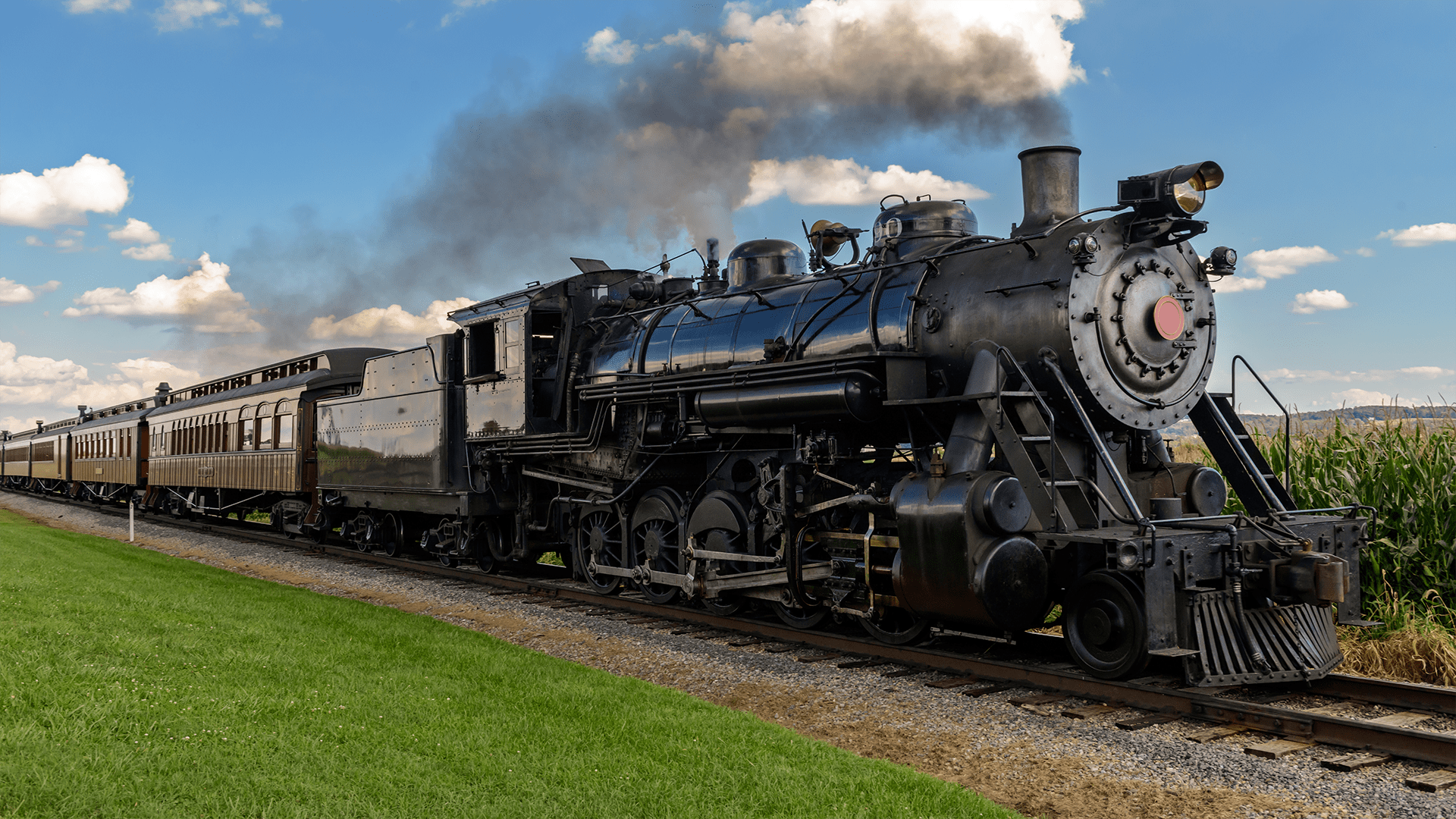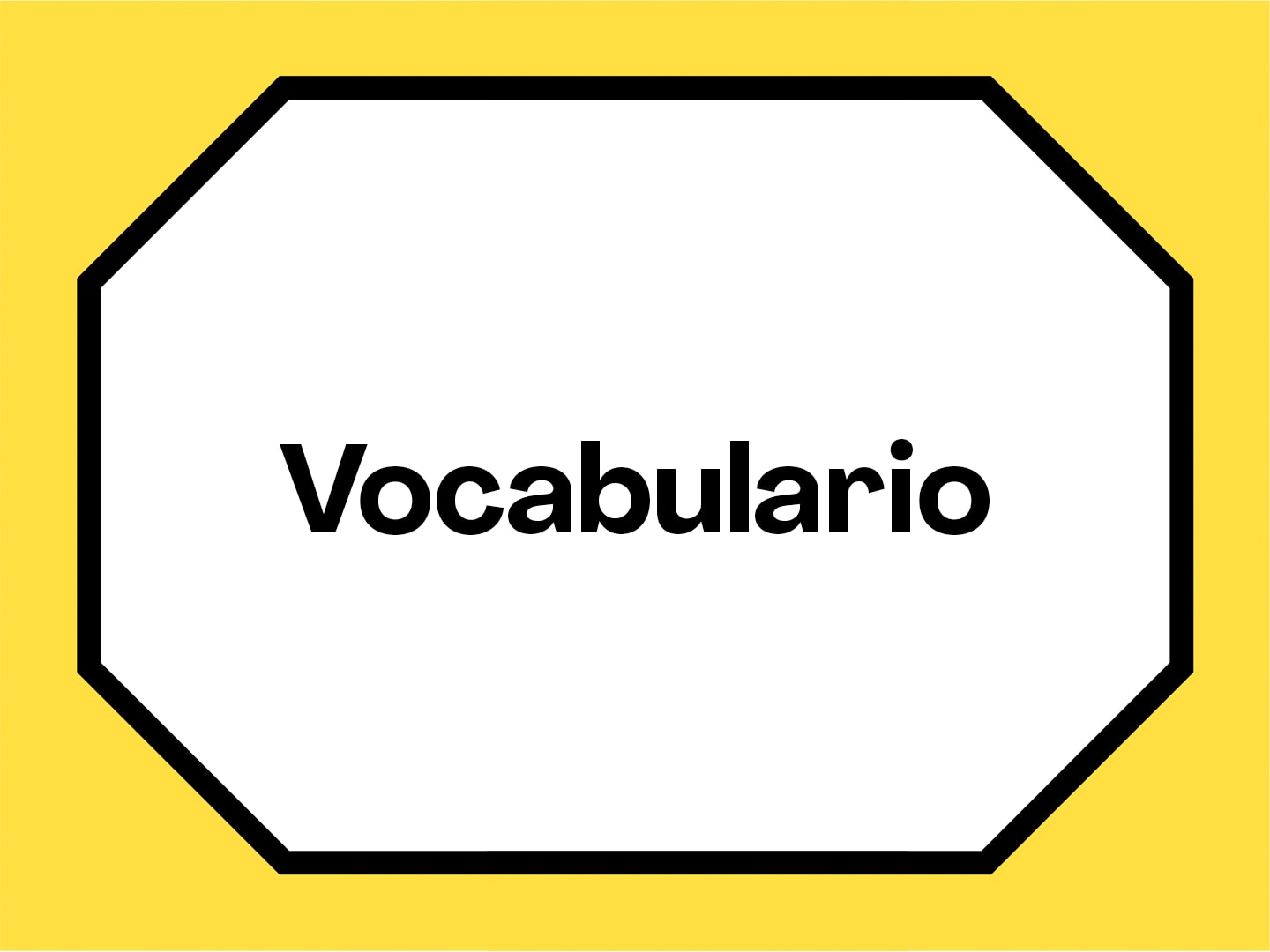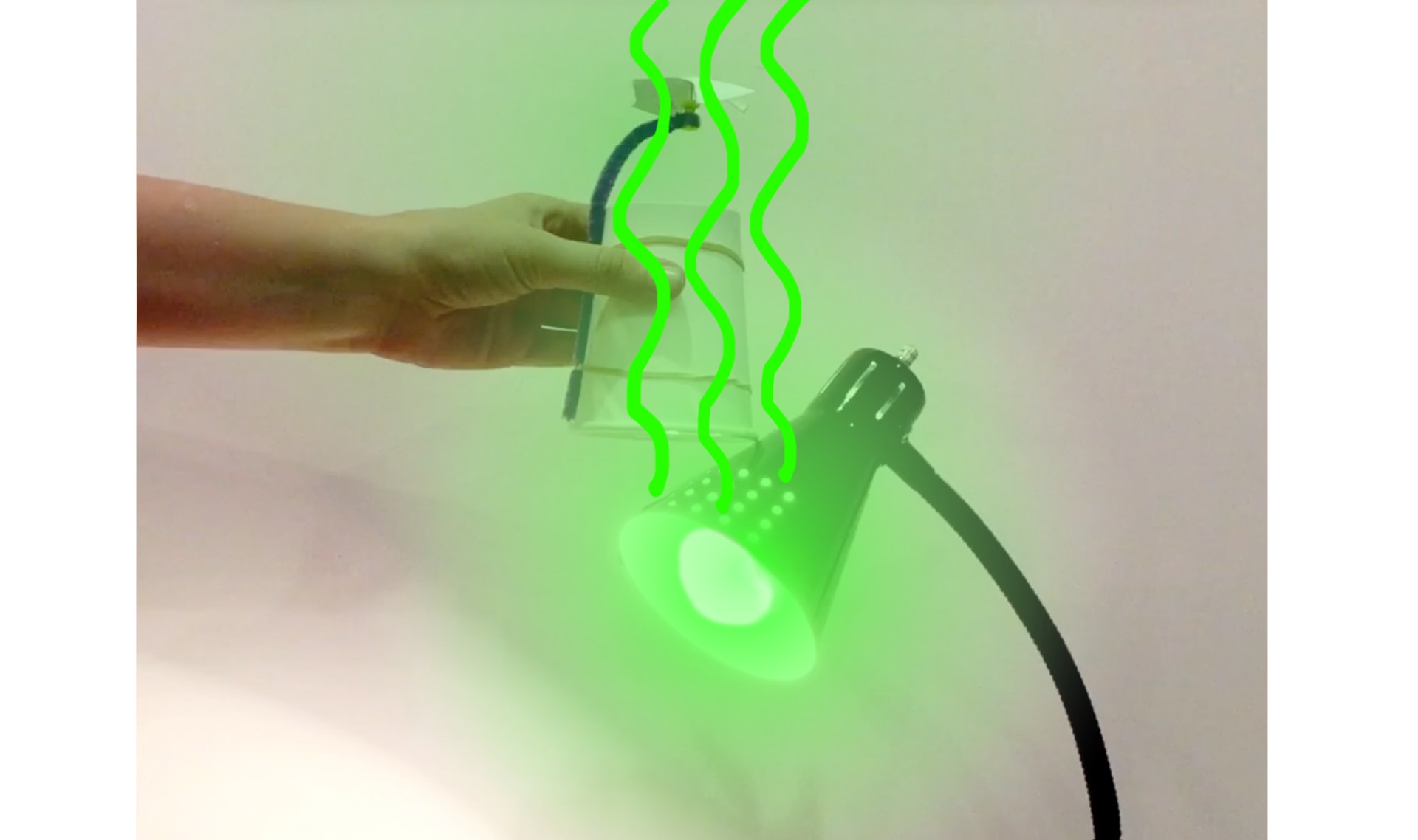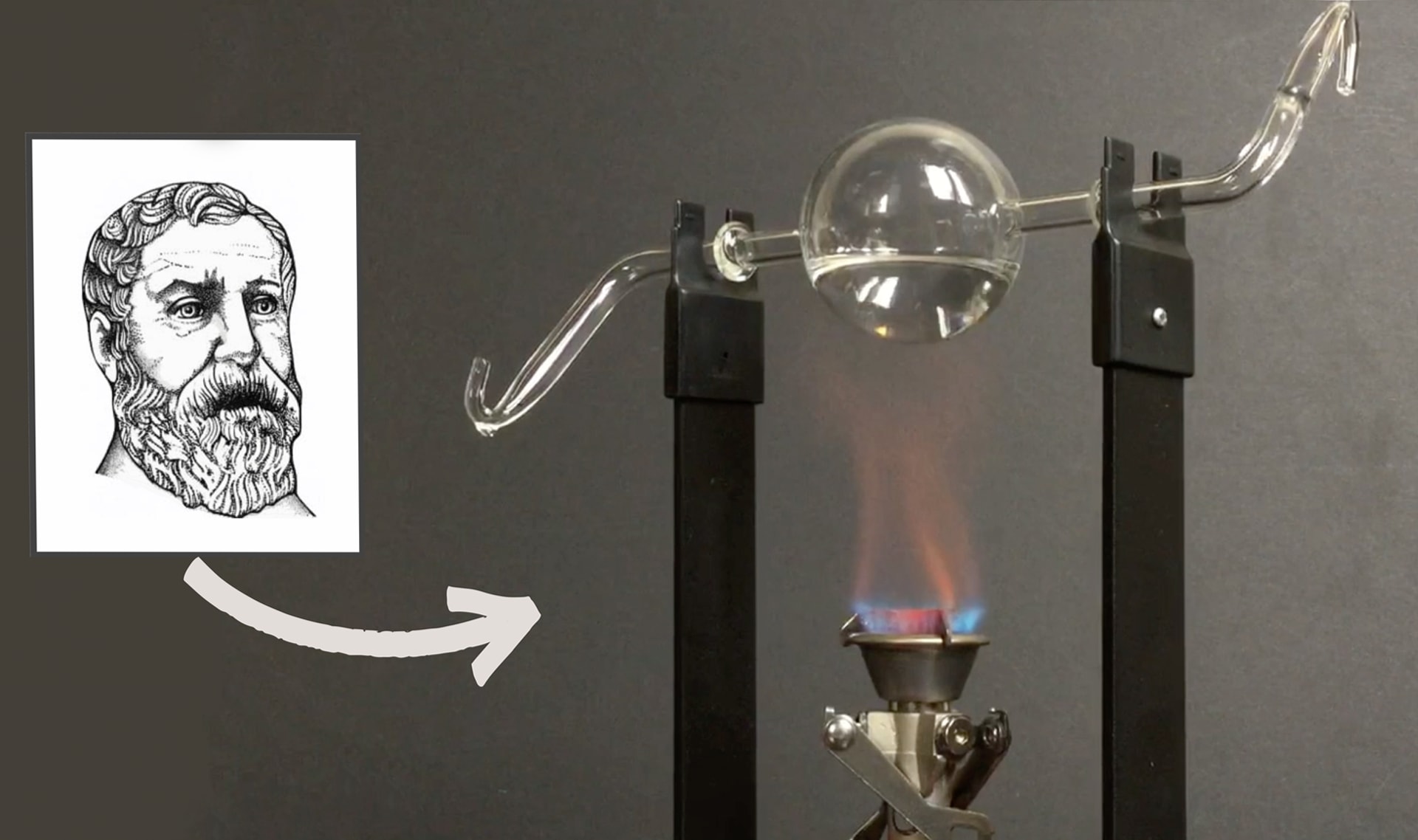
¿Cuánto tiempo tardaba viajar por el país antes de que existieran los automóviles y los aviones?
Heat Energy & Energy Transfer
4.6
(2628 reviews)
Scroll for prep

Please wait…
This video is having trouble loading. You may have lost your Internet connection.
Step 1: Click to Reload this page
Step 2: Click to
Try our other video player
Step 3: Contact your teacher if trouble persists.
Or,
dismiss this message.
CONVERSEMOS:
¿Qué lugar te gustaría visitar? ¿En qué viajarías para llegar ahí?

Please wait…
This video is having trouble loading. You may have lost your Internet connection.
Step 1: Click to Reload this page
Step 2: Click to
Try our other video player
Step 3: Contact your teacher if trouble persists.
Or,
dismiss this message.
CONVERSEMOS:
¿Qué usos podría tener este aparato?

Please wait…
This video is having trouble loading. You may have lost your Internet connection.
Step 1: Click to Reload this page
Step 2: Click to
Try our other video player
Step 3: Contact your teacher if trouble persists.
Or,
dismiss this message.

Please wait…
This video is having trouble loading. You may have lost your Internet connection.
Step 1: Click to Reload this page
Step 2: Click to
Try our other video player
Step 3: Contact your teacher if trouble persists.
Or,
dismiss this message.
Paso
01/16
01/16
Encuentra un compañero o compañera con quién trabajar.

Please wait…
This video is having trouble loading. You may have lost your Internet connection.
Step 1: Click to Reload this page
Step 2: Click to
Try our other video player
Step 3: Contact your teacher if trouble persists.
Or,
dismiss this message.
Paso
02/16
02/16
Si estás trabajando con un compañero o compañera, decidan quién
será el Torcedor y quién será el Maestro del Giro.
será el Torcedor y quién será el Maestro del Giro.

Please wait…
This video is having trouble loading. You may have lost your Internet connection.
Step 1: Click to Reload this page
Step 2: Click to
Try our other video player
Step 3: Contact your teacher if trouble persists.
Or,
dismiss this message.
Paso
03/16
03/16
Obtén estos materiales. Obtendrás otros más adelante.

Please wait…
This video is having trouble loading. You may have lost your Internet connection.
Step 1: Click to Reload this page
Step 2: Click to
Try our other video player
Step 3: Contact your teacher if trouble persists.
Or,
dismiss this message.
Paso
04/16
04/16
Cada persona tiene que recortar un reguilete. Quédense con el
extra. Quizás lo van a necesitar más adelante.
extra. Quizás lo van a necesitar más adelante.

Please wait…
This video is having trouble loading. You may have lost your Internet connection.
Step 1: Click to Reload this page
Step 2: Click to
Try our other video player
Step 3: Contact your teacher if trouble persists.
Or,
dismiss this message.
Paso
05/16
05/16
Voltea al cuadrado. Vas a doblar en ambas diagonales, de esta forma.
Alinea la regla con las esquinas
Alinea la regla con las esquinas

Please wait…
This video is having trouble loading. You may have lost your Internet connection.
Step 1: Click to Reload this page
Step 2: Click to
Try our other video player
Step 3: Contact your teacher if trouble persists.
Or,
dismiss this message.
Paso
06/16
06/16
Desdobla el cuadrado y dale vuelta para que el lado con el diseño
quede boca arriba. Vas a doblarlo a la mitad de las dos maneras.
Usa tu regla de esta forma.
quede boca arriba. Vas a doblarlo a la mitad de las dos maneras.
Usa tu regla de esta forma.

Please wait…
This video is having trouble loading. You may have lost your Internet connection.
Step 1: Click to Reload this page
Step 2: Click to
Try our other video player
Step 3: Contact your teacher if trouble persists.
Or,
dismiss this message.
Paso
07/16
07/16
Voltea el cuadrado. Encuentra el punto en donde todas los pliegues
se cruzan. Dibuja un punto en ese lugar.
se cruzan. Dibuja un punto en ese lugar.

Please wait…
This video is having trouble loading. You may have lost your Internet connection.
Step 1: Click to Reload this page
Step 2: Click to
Try our other video player
Step 3: Contact your teacher if trouble persists.
Or,
dismiss this message.
Paso
08/16
08/16
Empuja los lados para que se vea así. Luego, recorta los cuatro
triángulos grises. ¡Ya terminaste de hacer tu reguilete!
triángulos grises. ¡Ya terminaste de hacer tu reguilete!

Please wait…
This video is having trouble loading. You may have lost your Internet connection.
Step 1: Click to Reload this page
Step 2: Click to
Try our other video player
Step 3: Contact your teacher if trouble persists.
Or,
dismiss this message.
Paso
09/16
09/16
Maestro del Giro: usa un lápiz o una pluma para perforar un hoyo en
el fondo de tu vaso de papel, así. Expande el agujero con tus dedos
lo más que puedas.
el fondo de tu vaso de papel, así. Expande el agujero con tus dedos
lo más que puedas.

Please wait…
This video is having trouble loading. You may have lost your Internet connection.
Step 1: Click to Reload this page
Step 2: Click to
Try our other video player
Step 3: Contact your teacher if trouble persists.
Or,
dismiss this message.
Paso
10/16
10/16
Maestro del Giro: sujeta el vaso con el fondo hacia arriba.
Torcedor: coloca dos ligas alrededor del vaso, así.
Torcedor: coloca dos ligas alrededor del vaso, así.

Please wait…
This video is having trouble loading. You may have lost your Internet connection.
Step 1: Click to Reload this page
Step 2: Click to
Try our other video player
Step 3: Contact your teacher if trouble persists.
Or,
dismiss this message.
Paso
11/16
11/16
Torcedor: dobla el limpiapipas a la mitad, alrededor de la tachuela.
Sujeta el limpiapipas y dale vueltas al lápiz de esta forma.
Saca la tachuela.
Sujeta el limpiapipas y dale vueltas al lápiz de esta forma.
Saca la tachuela.

Please wait…
This video is having trouble loading. You may have lost your Internet connection.
Step 1: Click to Reload this page
Step 2: Click to
Try our other video player
Step 3: Contact your teacher if trouble persists.
Or,
dismiss this message.
Paso
12/16
12/16
Maestro del Giro: jala las ligas del vaso, de esta forma. Torcedor:
desliza el limpiapipas entre las ligas y el vaso, de esta forma.
desliza el limpiapipas entre las ligas y el vaso, de esta forma.

Please wait…
This video is having trouble loading. You may have lost your Internet connection.
Step 1: Click to Reload this page
Step 2: Click to
Try our other video player
Step 3: Contact your teacher if trouble persists.
Or,
dismiss this message.
Paso
13/16
13/16
Torcedor: dobla el limpiapipas para que la tachuela apunte
directamente hacia arriba, sobre la mitad del vaso
directamente hacia arriba, sobre la mitad del vaso

Please wait…
This video is having trouble loading. You may have lost your Internet connection.
Step 1: Click to Reload this page
Step 2: Click to
Try our other video player
Step 3: Contact your teacher if trouble persists.
Or,
dismiss this message.
Paso
14/16
14/16
Maestro del giro: pon uno de los reguiletes sobre la tachuela.
Empújalo levemente. ¿Gira fácilmente? Si no lo hace, usar la lista
de ingeniería para arreglarlo.
Empújalo levemente. ¿Gira fácilmente? Si no lo hace, usar la lista
de ingeniería para arreglarlo.

Please wait…
This video is having trouble loading. You may have lost your Internet connection.
Step 1: Click to Reload this page
Step 2: Click to
Try our other video player
Step 3: Contact your teacher if trouble persists.
Or,
dismiss this message.
Paso
15/16
15/16
Trabajando con tu compañero o compañera, intenta estos
experimentos descritos en las preguntas número uno y número
dos en tu hoja de trabajo.
experimentos descritos en las preguntas número uno y número
dos en tu hoja de trabajo.

Please wait…
This video is having trouble loading. You may have lost your Internet connection.
Step 1: Click to Reload this page
Step 2: Click to
Try our other video player
Step 3: Contact your teacher if trouble persists.
Or,
dismiss this message.
Paso
16/16
16/16
Conversemos. Luego ve el siguiente video.

Please wait…
This video is having trouble loading. You may have lost your Internet connection.
Step 1: Click to Reload this page
Step 2: Click to
Try our other video player
Step 3: Contact your teacher if trouble persists.
Or,
dismiss this message.
CONVERSEMOS:
El mover el aire hace que se mueva el reguilete. ¿Eso te da alguna otra idea sobre cómo podrías usar el calor para mover el reguilete?
Si necesitas hacer una pausa...
If you need a natural stopping point!
Mensaje para los maestros y las maestras: Teachers: If you are short on time, this is a good stopping point. We recommend leaving your students' tracks set up so they can get right to experimenting at the start of the next session.
Si vas a continuar la actividad, ve a la siguiente página.

Please wait…
This video is having trouble loading. You may have lost your Internet connection.
Step 1: Click to Reload this page
Step 2: Click to
Try our other video player
Step 3: Contact your teacher if trouble persists.
Or,
dismiss this message.
Paso
01/06
01/06
Si estás en una clase, forma un grupo de cuatro. Los grupos tendrán
turnos para hacer los experimentos y para platicar y construir.
turnos para hacer los experimentos y para platicar y construir.

Please wait…
This video is having trouble loading. You may have lost your Internet connection.
Step 1: Click to Reload this page
Step 2: Click to
Try our other video player
Step 3: Contact your teacher if trouble persists.
Or,
dismiss this message.
Paso
02/06
02/06
Meta: Haz que el reguilete gire 30 veces. Cuenta cuántas veces
ves la estrella dar vueltas.
ves la estrella dar vueltas.

Please wait…
This video is having trouble loading. You may have lost your Internet connection.
Step 1: Click to Reload this page
Step 2: Click to
Try our other video player
Step 3: Contact your teacher if trouble persists.
Or,
dismiss this message.
Paso
03/06
03/06
Obtén estos materiales.

Please wait…
This video is having trouble loading. You may have lost your Internet connection.
Step 1: Click to Reload this page
Step 2: Click to
Try our other video player
Step 3: Contact your teacher if trouble persists.
Or,
dismiss this message.
Paso
04/06
04/06
Tu maestro o maestra decidirá en qué orden irán a cada estación.
Cuando tu grupo no esté en una estación, estarán trabajando en sus
escritorios,
Cuando tu grupo no esté en una estación, estarán trabajando en sus
escritorios,

Please wait…
This video is having trouble loading. You may have lost your Internet connection.
Step 1: Click to Reload this page
Step 2: Click to
Try our other video player
Step 3: Contact your teacher if trouble persists.
Or,
dismiss this message.
Paso
05/06
05/06
Comienza con las preguntas de discusión e invención, de uno a
cuatro. O contesta la pregunta número cinco si es tu turno ir a una
estación.
cuatro. O contesta la pregunta número cinco si es tu turno ir a una
estación.

Please wait…
This video is having trouble loading. You may have lost your Internet connection.
Step 1: Click to Reload this page
Step 2: Click to
Try our other video player
Step 3: Contact your teacher if trouble persists.
Or,
dismiss this message.
Paso
06/06
06/06
Cuando estés contestando la pregunta número uno en tu hoja
de trabajo, ve este video.
de trabajo, ve este video.

Please wait…
This video is having trouble loading. You may have lost your Internet connection.
Step 1: Click to Reload this page
Step 2: Click to
Try our other video player
Step 3: Contact your teacher if trouble persists.
Or,
dismiss this message.


experimento
1 de 5
una prueba que se usa para descubrir más información sobre una pregunta

energía térmica
2 de 5
energía que existe como calor

Please wait…
This video is having trouble loading. You may have lost your Internet connection.
Step 1: Click to Reload this page
Step 2: Click to
Try our other video player
Step 3: Contact your teacher if trouble persists.
Or,
dismiss this message.
motor térmico
3 de 5
un aparato que convierte la energía térmica en movimiento

Please wait…
This video is having trouble loading. You may have lost your Internet connection.
Step 1: Click to Reload this page
Step 2: Click to
Try our other video player
Step 3: Contact your teacher if trouble persists.
Or,
dismiss this message.
transferencia de energía
4 de 5
cuando la energía fluye de un lugar a otro

inventar
5 de 5
crear algo nuevo, por lo regular un objeto o una nueva manera de hacer las cosas


